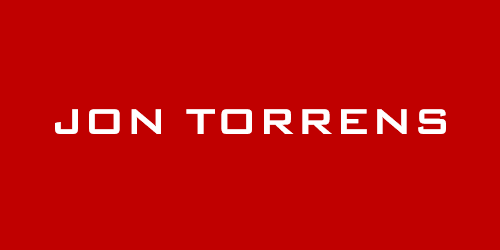Platforms 0-8 at King’s Cross station each have a sign like this one. A few years ago, with seconds to spare, I ran down the escalator, looked at the sign and then boarded the wrong train, because I saw the number and thought it indicated the platform on that side.
It didn’t.
They all indicate the platform on the opposite side, with the use of the word ‘Platform’ and an arrow. Now, I’m not stupid, and the signs do work, but I believe that any simple communication like this which requires further stages of processing (here, a comedic double-take) isn’t doing its job properly. In this case, the solution is not words or arrows. It’s a big number, on the relevant side of the sign. Obvious, right?
Simplification can dramatically improve all your communication:
- Email: get to the point. Time spent crafting a long email is better spent trying to arrange a subsequent verbal conversation. Also, avoid large email threads; they just confuse things.
- Presentations: try a maximum of 5 slides with minimal text. Or even better, no slides. Again, use the presentation to spark thoughts, then get into the Q&A as quickly as possible. 30-minute time slot? do 5-10 minutes of slides and 20-25 minutes Q&A (with permission for audience members to leave if they’re done).
- Meetings: set an agenda, stick to it, create action points, tick items off and end as soon as is practical.
Yes, editing material down can take more time, but you’re saving time for every member of your audience.
‘But hold on’, I hear you say, ‘surely a really important subject requires being covered in depth?’ WRONG. In my opinion, important subjects do not require more time than less important ones. In fact, I think that the longer you take, the more you dilute the information and message.
Got it? Excellent. Off you go, then. Put it into action!
